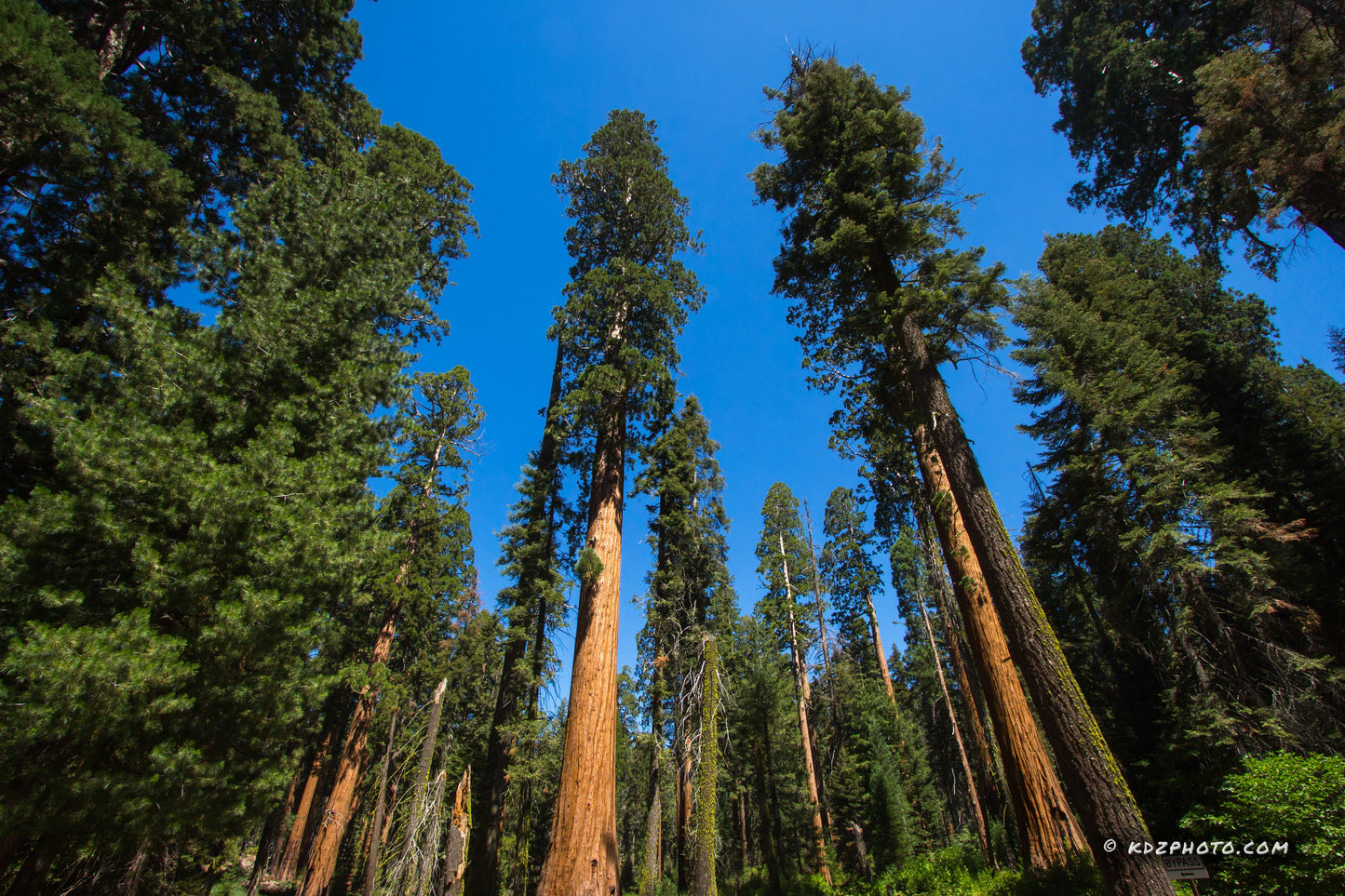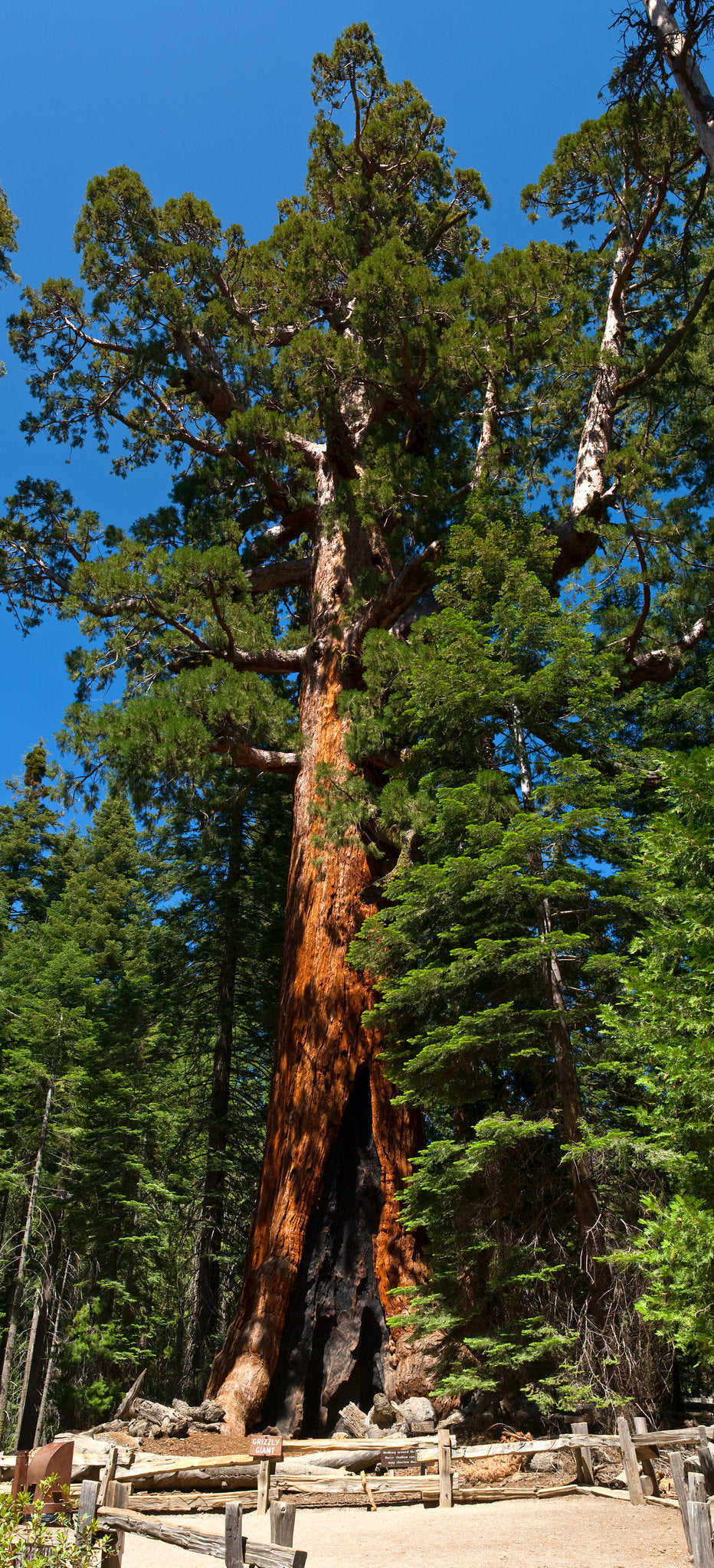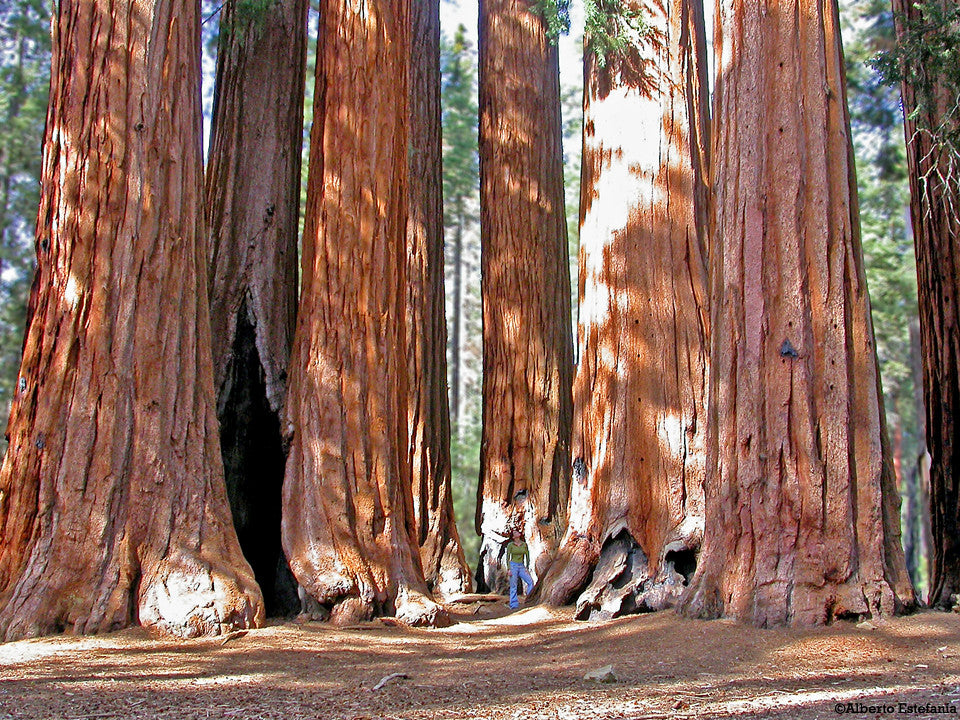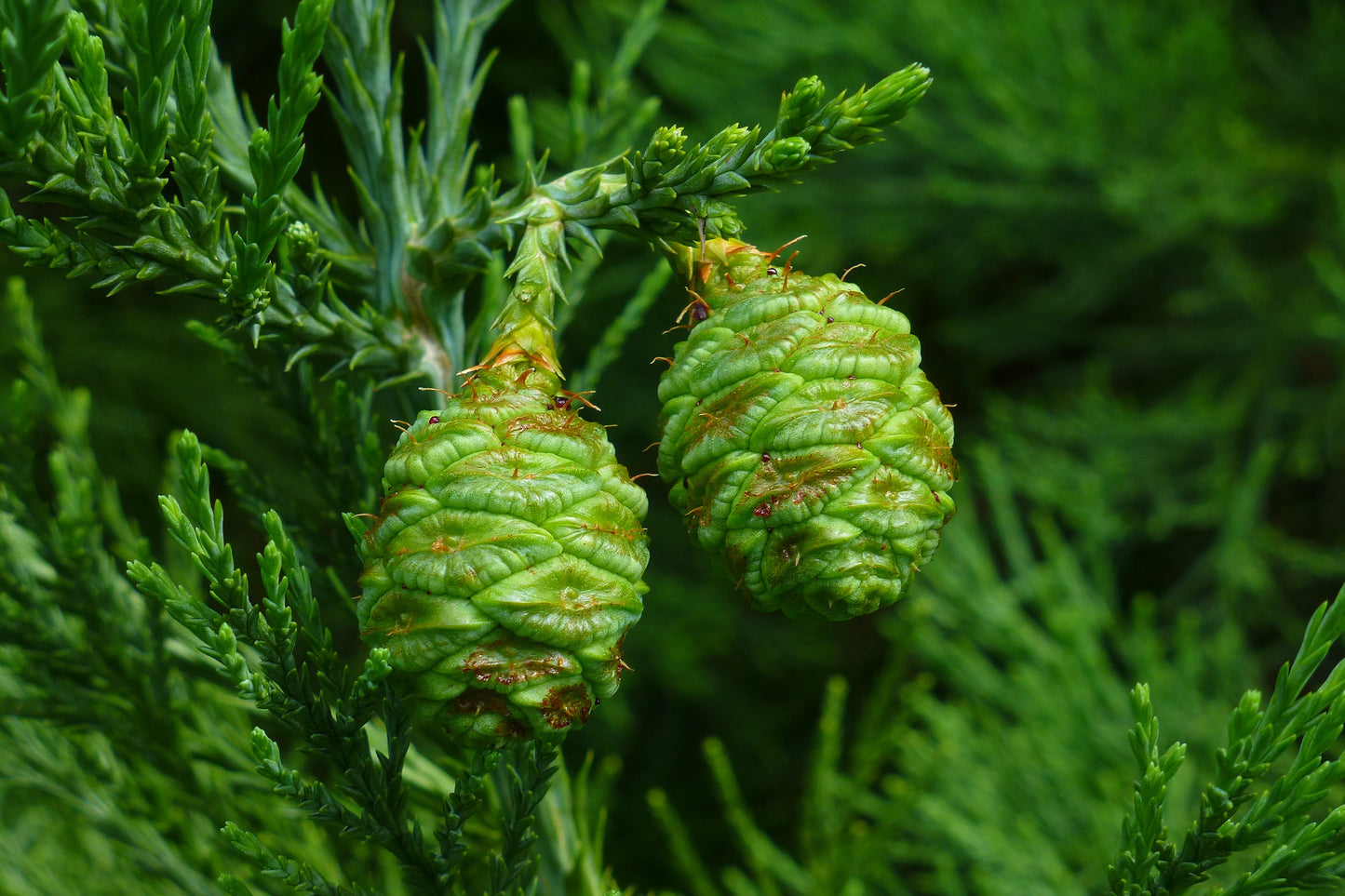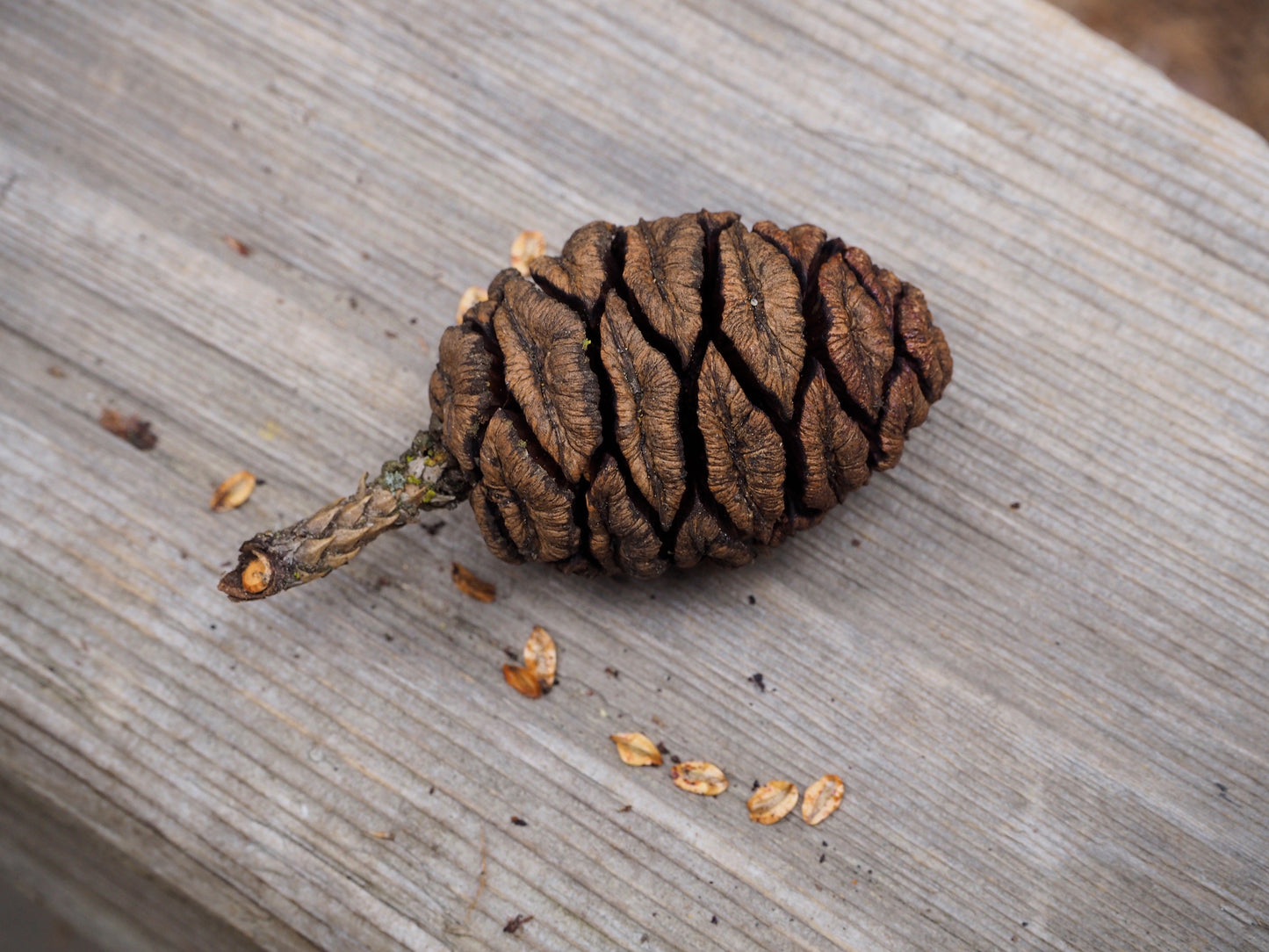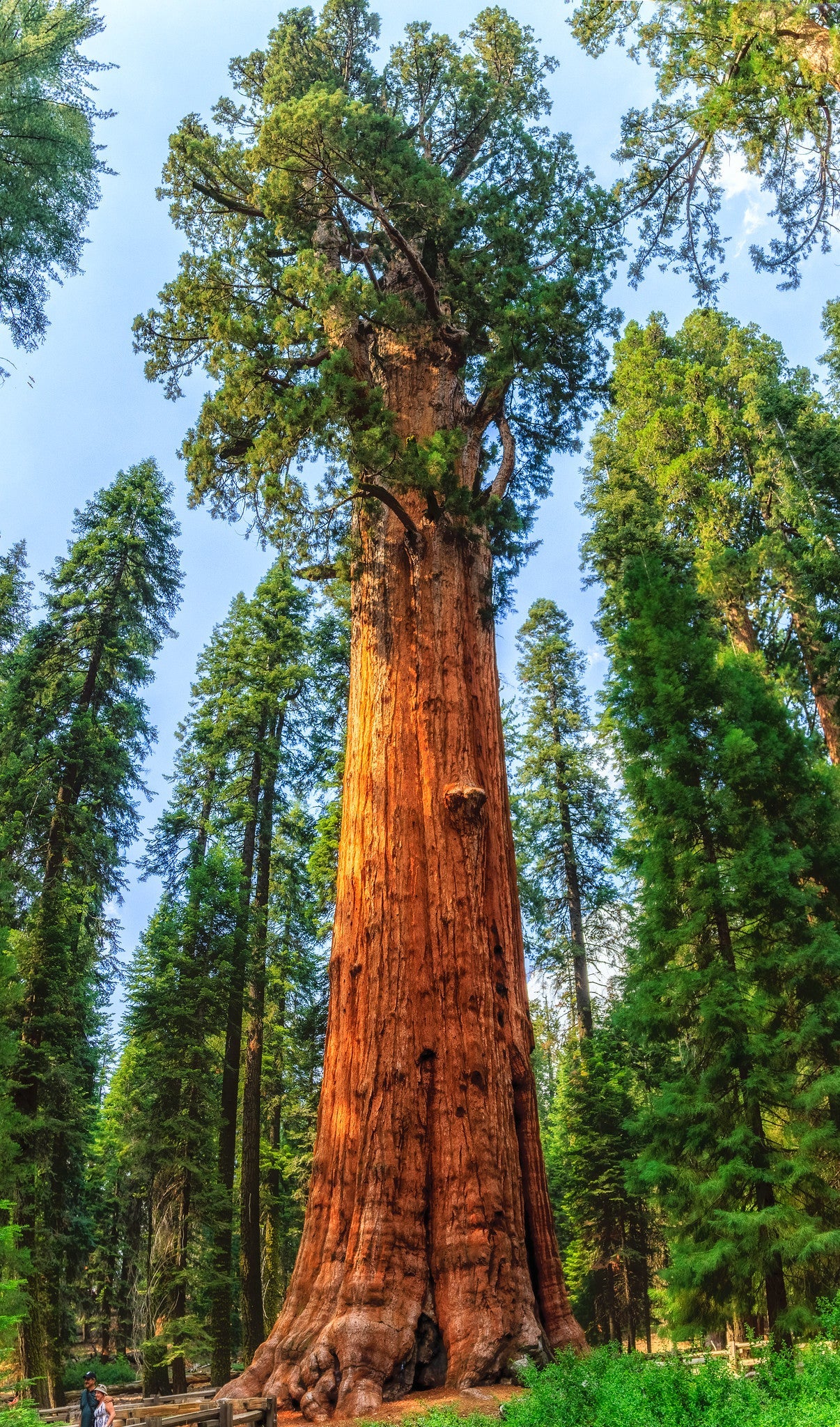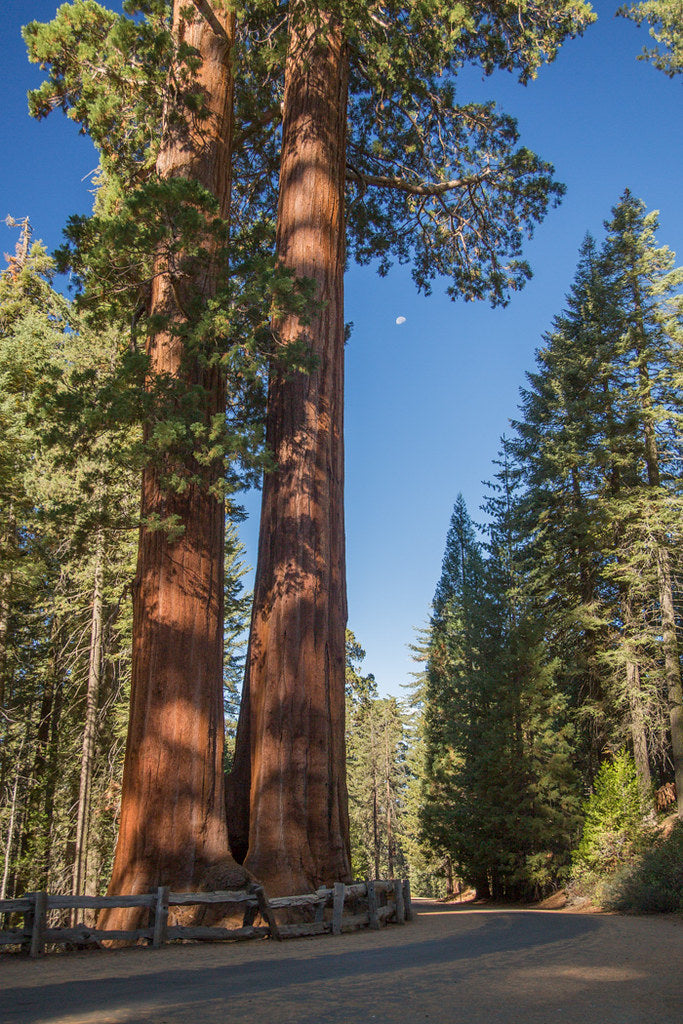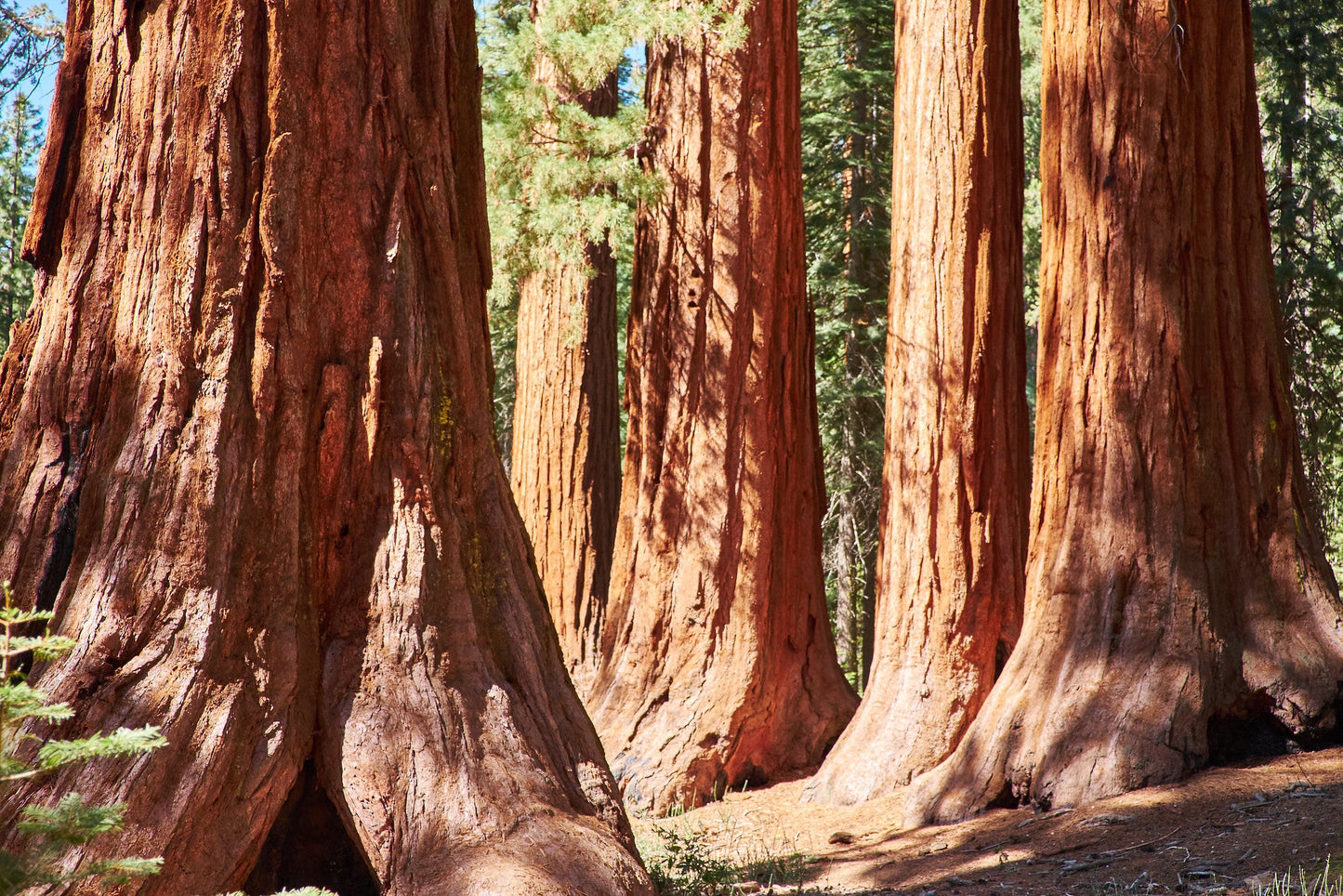Floridaseeds
Giant Sequoia Redwood Sequoiadendron Giganteum 100 Seeds
Giant Sequoia Redwood Sequoiadendron Giganteum 100 Seeds
Couldn't load pickup availability
Sequoiadendron giganteum, commonly known as the giant sequoia or Sierra redwood, is a magnificent species of coniferous tree renowned for its colossal size and impressive stature. Here's a detailed description of its key features:
Size: Giant sequoias are among the largest living organisms on Earth. They can grow to towering heights, often exceeding 250 feet (76 meters). Some of the tallest specimens have been recorded at heights surpassing 300 feet (91 meters). Additionally, these trees can have diameters exceeding 25 feet (7.6 meters) at breast height.
Bark: The bark of giant sequoias is distinctive and plays a crucial role in protecting the tree from various environmental stresses, including fire. It is thick, fibrous, and deeply furrowed, with a reddish-brown hue. The bark can reach impressive thicknesses of up to three feet (0.91 meters) or more, providing excellent insulation against fire damage.
Leaves: The leaves of Sequoiadendron giganteum are small, scale-like structures arranged spirally around the branches. These leaves are typically dark green and have a pointed shape. Unlike many other conifers, giant sequoias do not possess needle-like leaves.
Cones: The cones of giant sequoias are relatively small compared to the tree's immense size. They are ovoid in shape, typically measuring around 2 to 3 inches (5 to 8 centimeters) in length. The cones start out green and gradually mature to brown as they ripen. Each cone contains numerous small seeds, which are released when the cone scales open.
Habitat: Sequoiadendron giganteum is native to a narrow region along the western slopes of the Sierra Nevada mountain range in California, United States. These trees thrive in specific ecological conditions characterized by ample sunlight, well-drained soil, and moderate moisture levels. They often occur in groves or clusters within mixed coniferous forests.
Lifespan: Giant sequoias are exceptionally long-lived, with some individuals estimated to be over 3,000 years old. Their longevity is attributed to various factors, including their resistance to pests and diseases, as well as their ability to withstand environmental stresses such as drought and fire.
Overall, Sequoiadendron giganteum is an awe-inspiring species that commands admiration for its remarkable size, resilience, and ecological importance. It remains a symbol of strength and endurance in the natural world, captivating the imagination of all who encounter it.
Growing Instructions
The seeds have a period of dormancy. They can be planted outdoors in the fall or winter for spring germination or they can be cold stratified to simulate winter conditions and to break their dormancy at any time of the year.
- Place the seeds in a plastic bag and seal it. Store the bag in a refrigerator for 10 weeks.
- The seeds like moist, well-drained soil. Fill a pot with a mixture of equal parts potting soil, sand and compost. Water the mixture so that it is moist but not wet.
- Sow the seeds on the soil and cover them with a thin layer of soil.
- Water the container and leave it to drain.
- Put the pot in an area that is in light shade.
- Water the pot regularly so that the soil is moist but not wet.
- The seedlings can be transplanted when they are a few inches tall.











